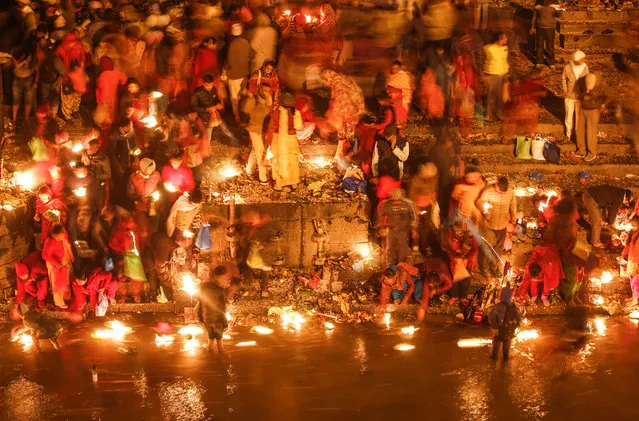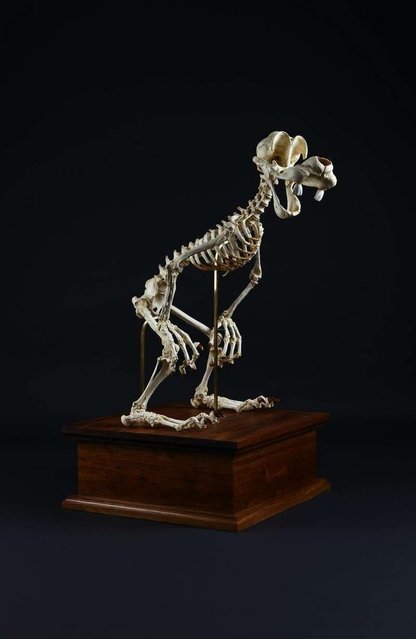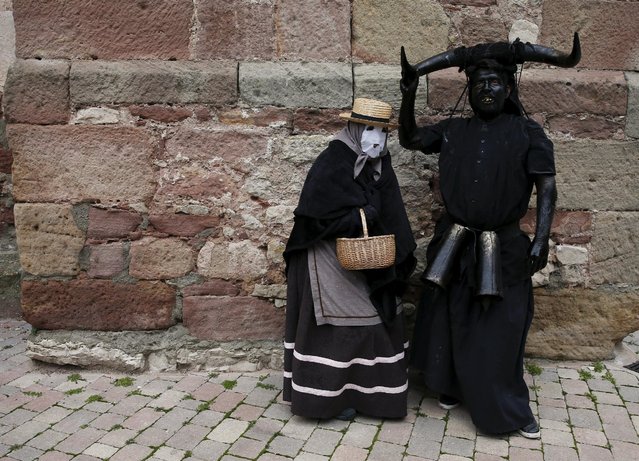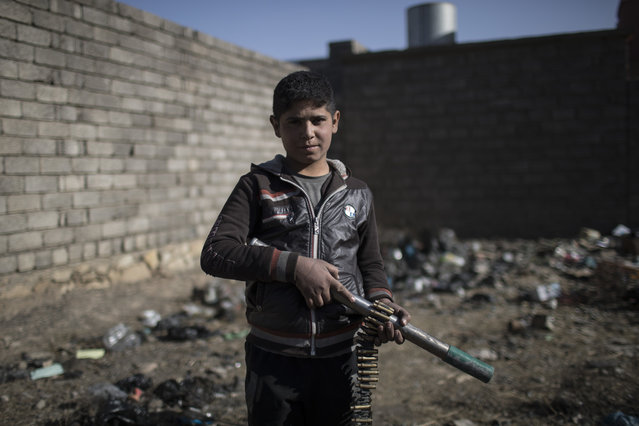
Specialist Dilip Patel, left, works at his post on the floor of the New York Stock Exchange, Monday, March 9, 2020. The Dow Jones Industrial Average sank 7.8%, its steepest drop since the financial crisis of 2008, as a free-fall in oil prices and worsening fears of fallout from the spreading coronavirus outbreak seize markets. (Photo by Richard Drew/AP Photo)
11 Mar 2020 00:07:00,post received
0 comments







